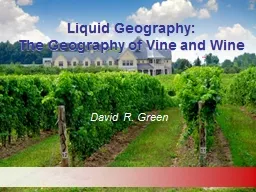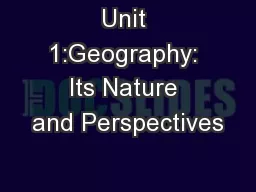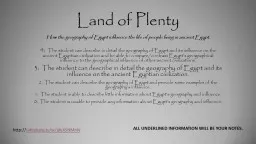PPT-Geography 8: Introduction to Urban Studies and the Urban W
Author : giovanna-bartolotta | Published Date : 2017-07-26
Week 1 What is Urban Keywords City Urban Urbanized areas Suburbs Metropolis metropolitan area MSA CSA Urbanized place Urbanized country Conurbation Megalopolis What
Presentation Embed Code
Download Presentation
Download Presentation The PPT/PDF document "Geography 8: Introduction to Urban Stud..." is the property of its rightful owner. Permission is granted to download and print the materials on this website for personal, non-commercial use only, and to display it on your personal computer provided you do not modify the materials and that you retain all copyright notices contained in the materials. By downloading content from our website, you accept the terms of this agreement.
Geography 8: Introduction to Urban Studies and the Urban W: Transcript
Download Rules Of Document
"Geography 8: Introduction to Urban Studies and the Urban W"The content belongs to its owner. You may download and print it for personal use, without modification, and keep all copyright notices. By downloading, you agree to these terms.
Related Documents

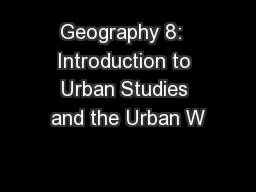
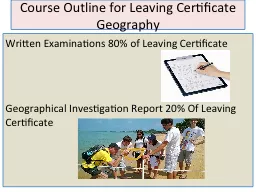
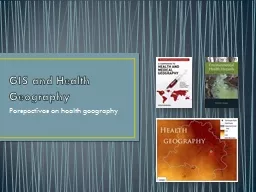
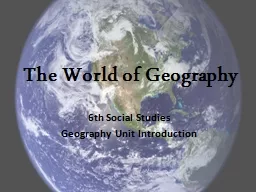

![Geography Coasts Coastal Erosion [Date]](https://thumbs.docslides.com/660288/geography-coasts-coastal-erosion-date.jpg)


